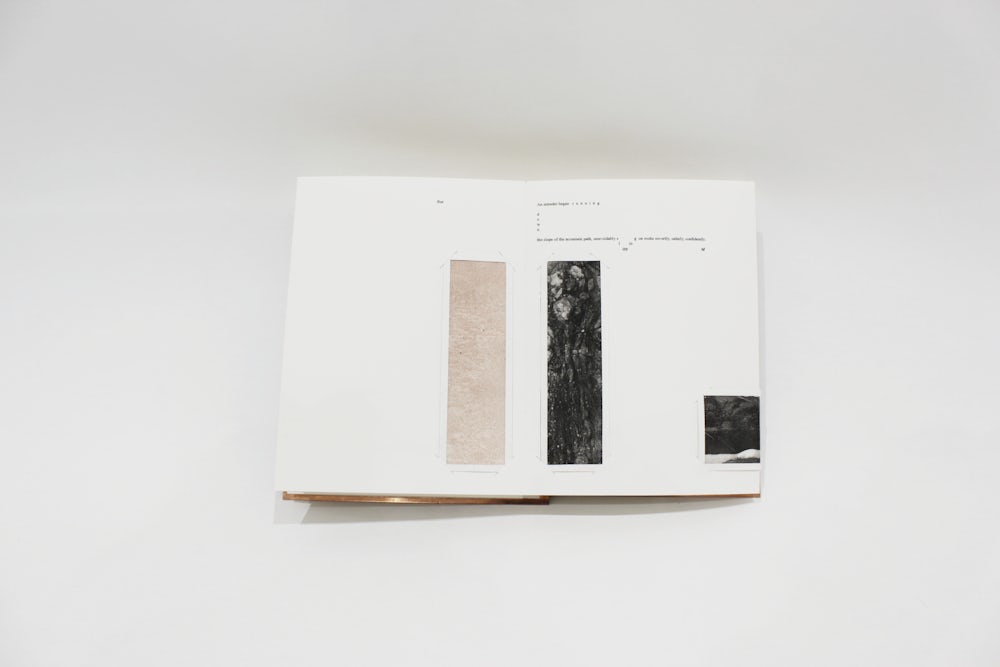Copper is a paradoxical metal found everywhere but rarely seen. It exists behind walls but is seldom exposed.
This project unfolds copper extraction’s multiple contradictions in the context of Parys Mountain - a disused open-pit copper mine. It maps the story of two opposing processes at work in copper extraction: the cyclical reuse of copper contrasting the linear process of water toxification. It illustrates the contradiction in the circular economy of copper extraction: that mining sites become valueless.
Copper played a key role in 19th-century photography through its use in ‘photogravure’, where images are etched into copper plates using light-sensitive gelatine and UV light. The publishing industry used photogravure techniques for high-speed printing of illustrated books and journals. A safer method of photogravure was developed, which uses light-sensitive solar plates. Once exposed, the plates are inked and ready for intaglio printing and can be reused multiple times.
I use photography, printmaking and publishing to explore the contradictions of copper extraction in Parys Mountain. A concertina book holding multiple limited edition intaglio prints depicts the paradoxical moments of this landscape. The prints use ink I fabricated from copper pigment collected at Parys Mountain and linseed oil. The images are of the landscape and made from the landscape. Traditional F66 prints clarify the tales of the copper ink prints. The prints exist in tandem with an experimental writing piece, written from the dual perspectives of a Visitor and the Materials of Parys Mountain, challenging copper’s historical role in the linearity of storytelling and in the history of mass-produced printmaking. The page fold is both the site of the image and that which interrupts the image, highlighting the unfolding of a landscape that consists of combatant processes. Recycled and reusable copper plates bind the book.




